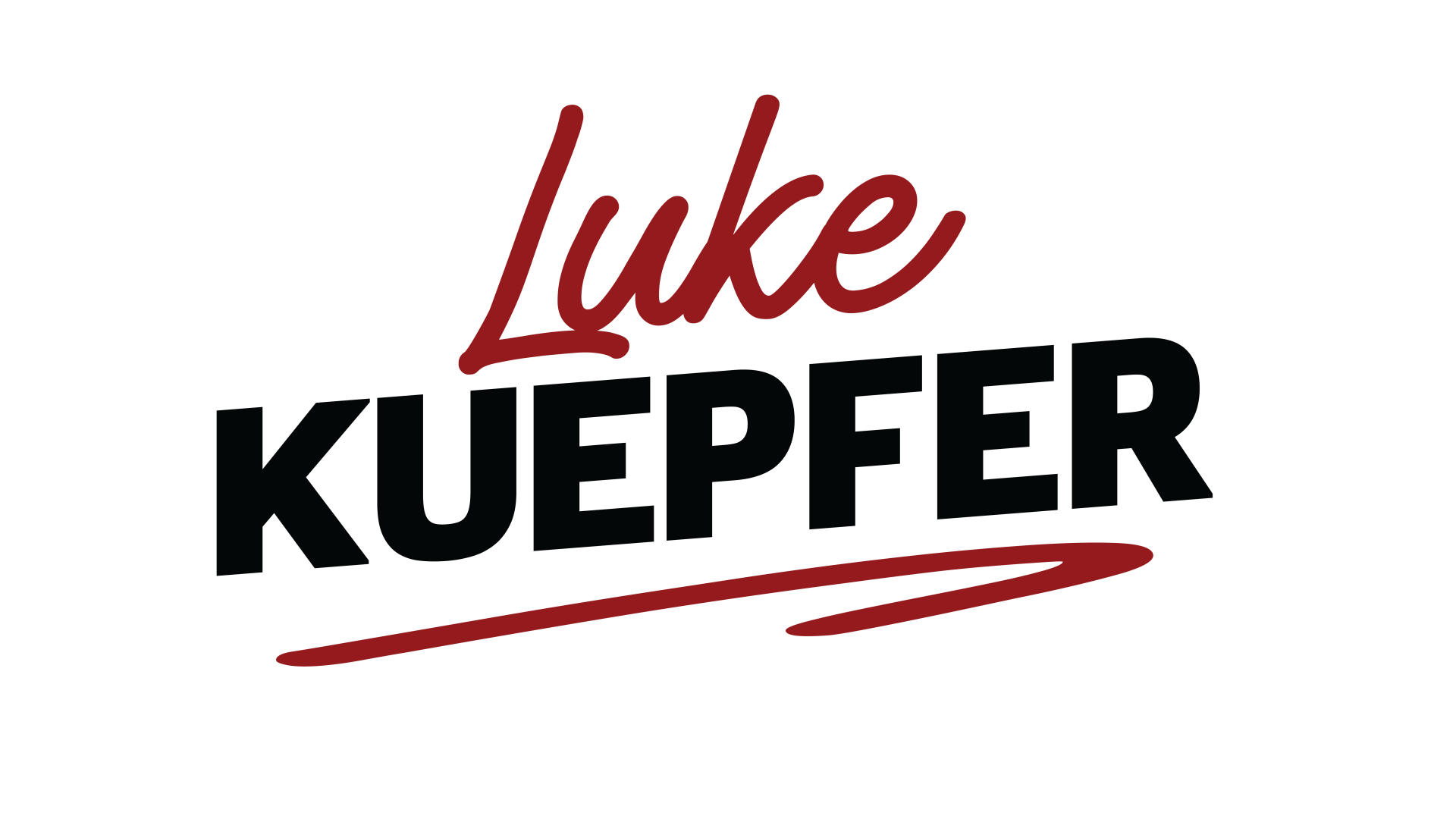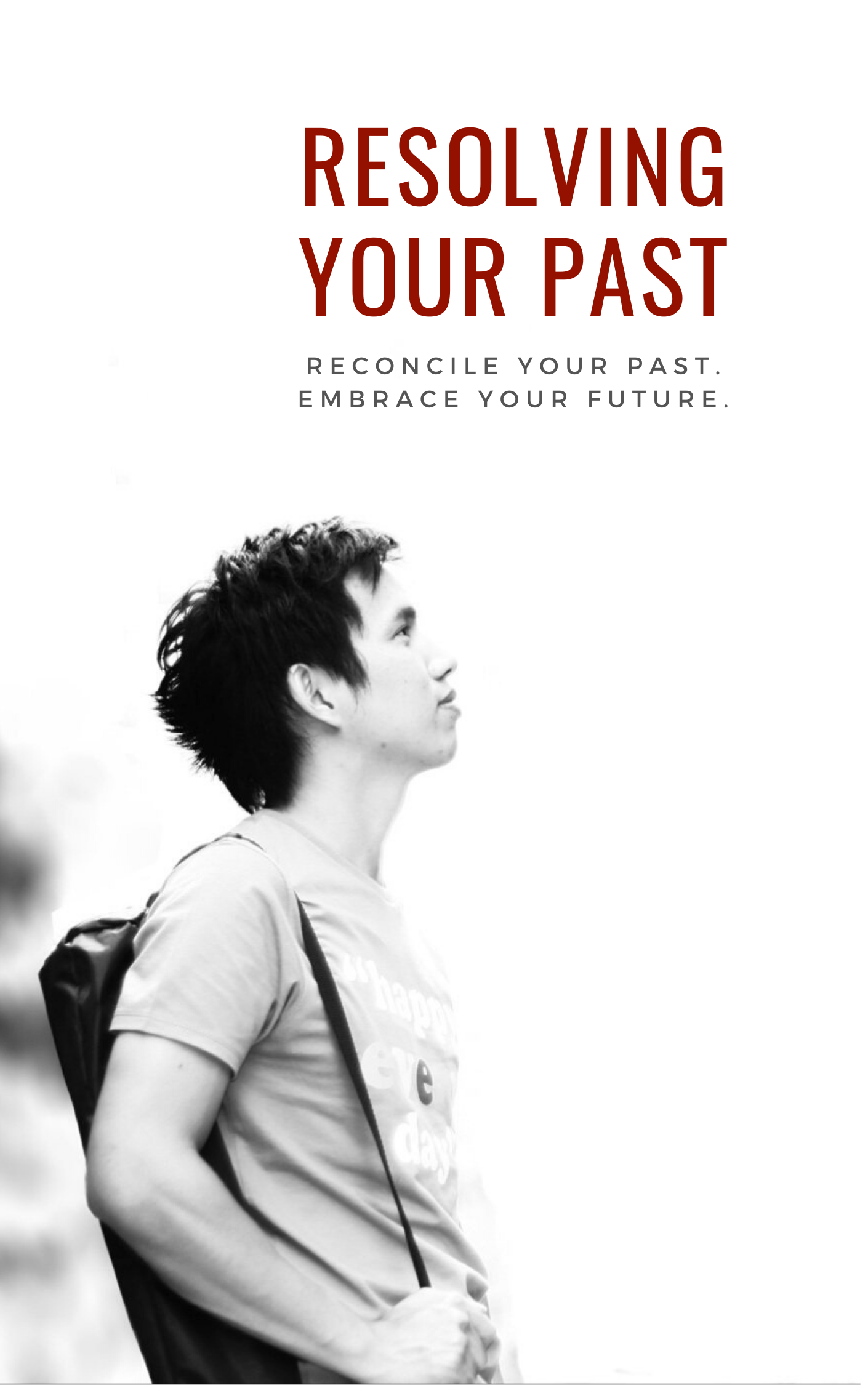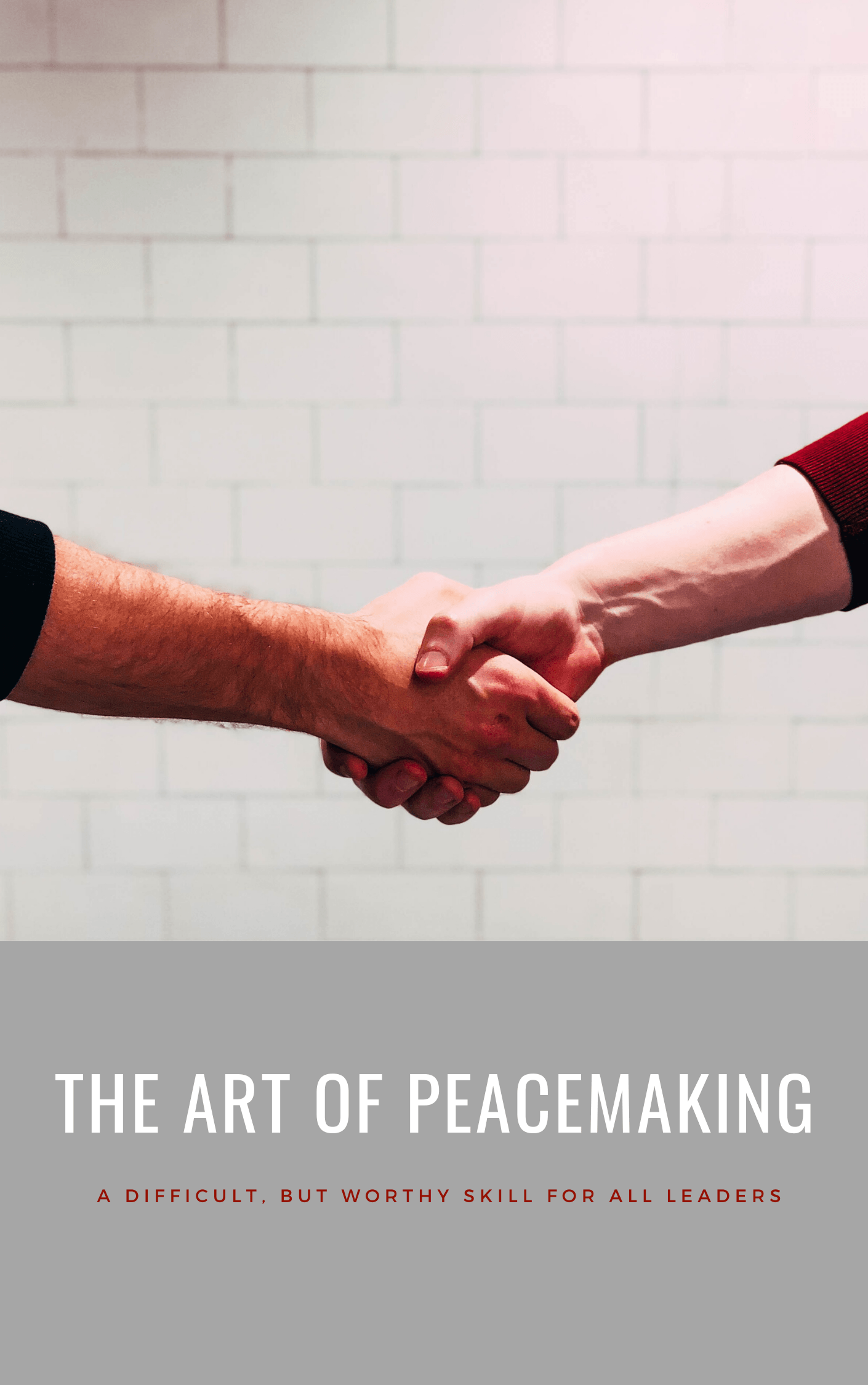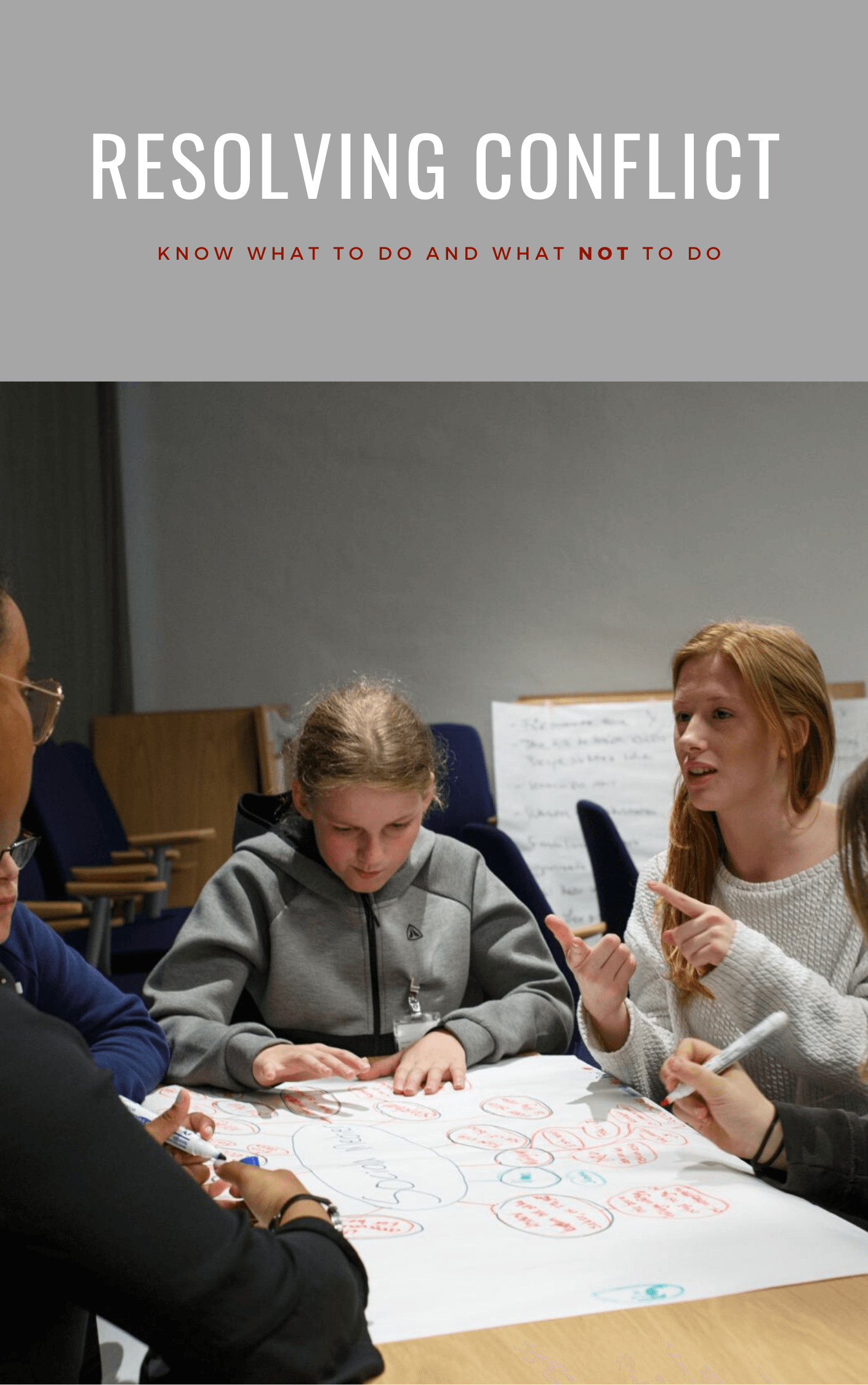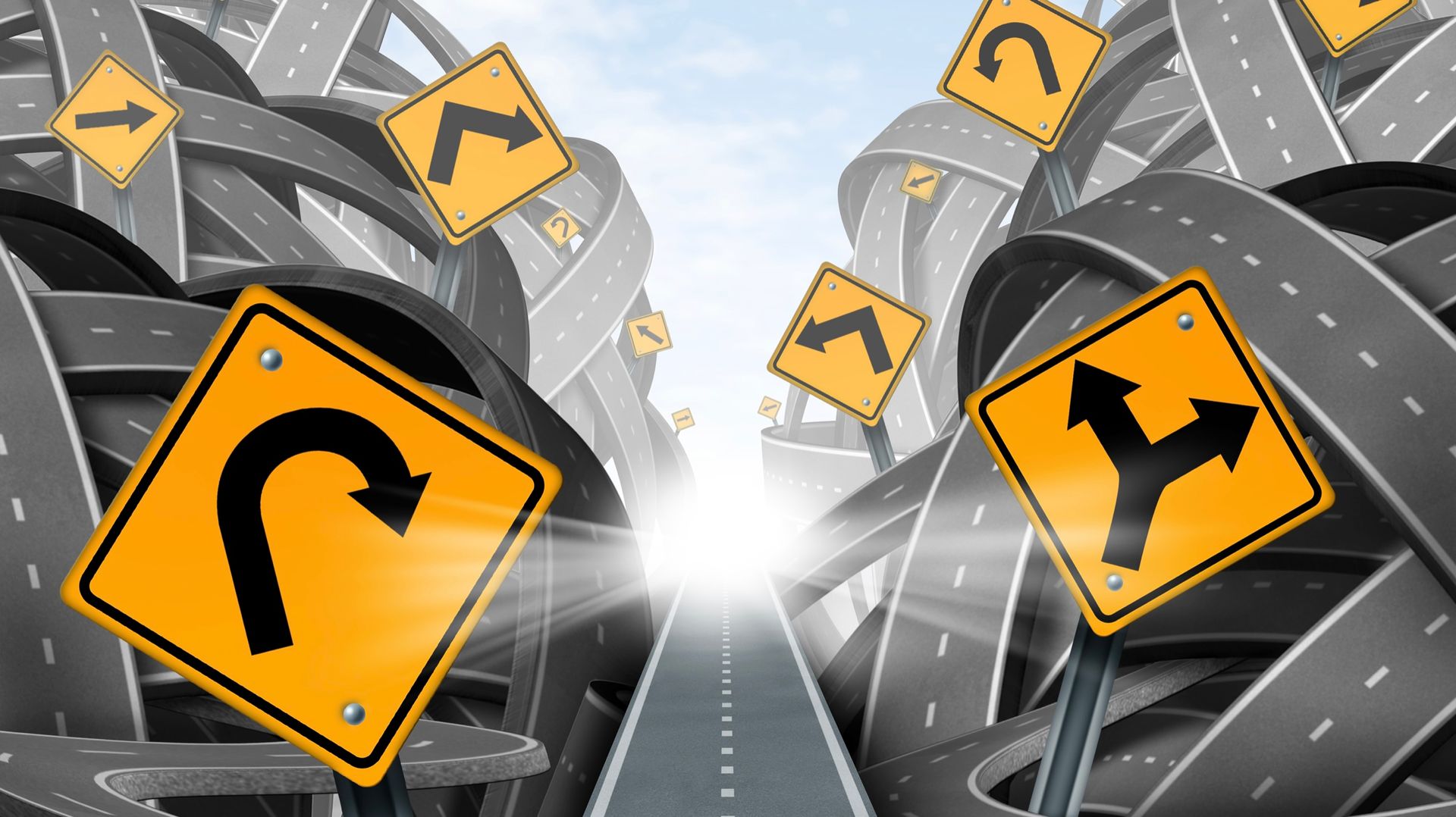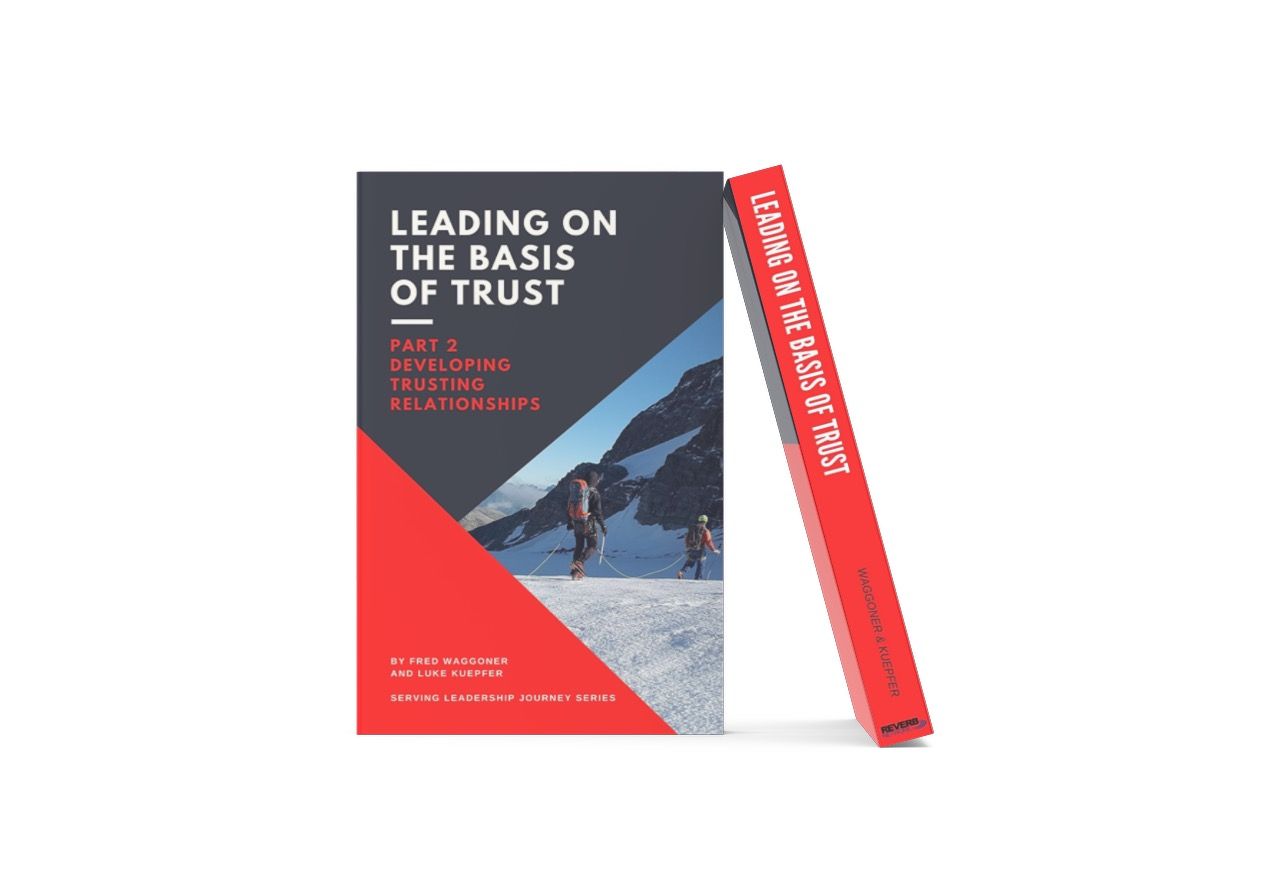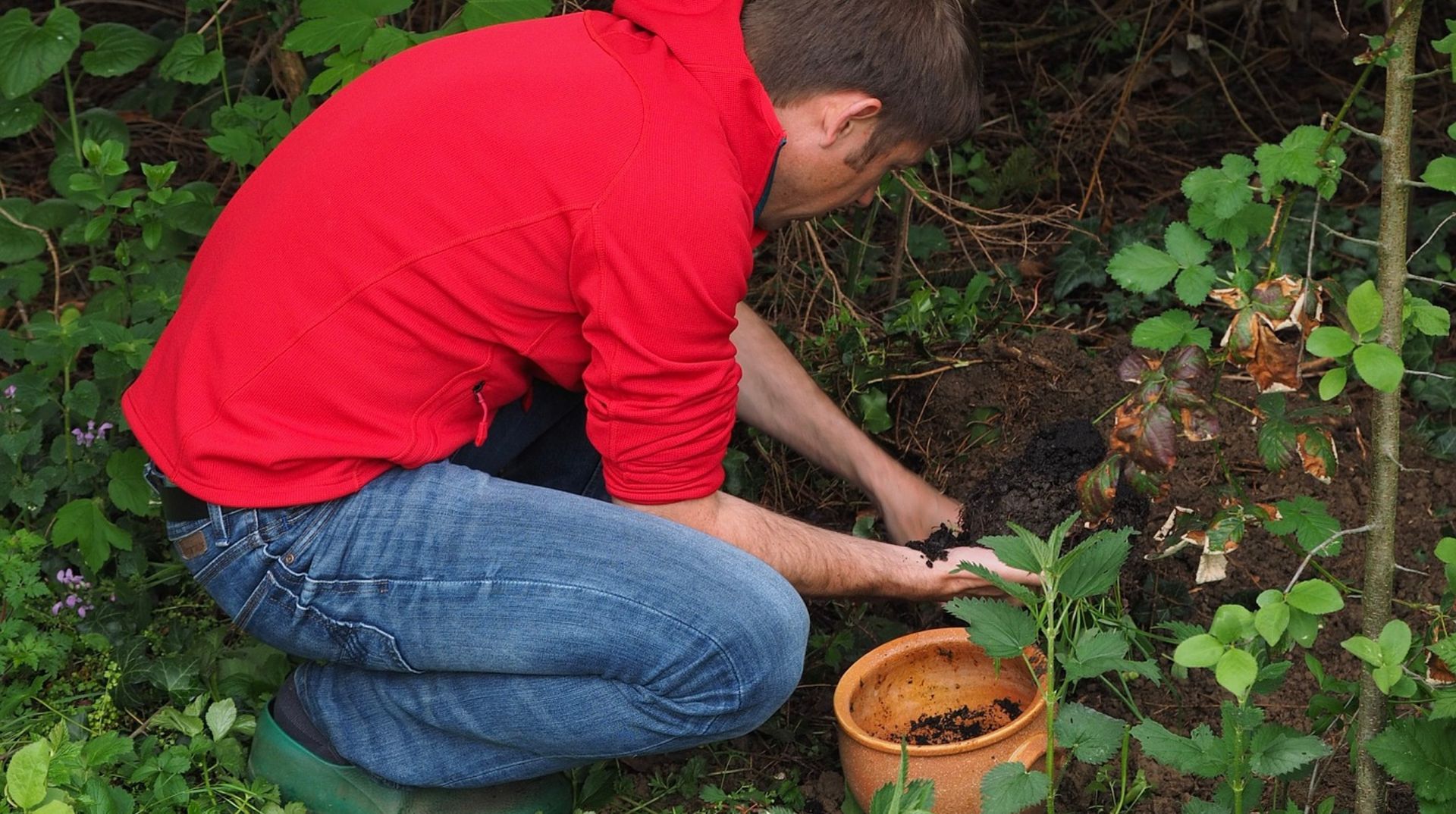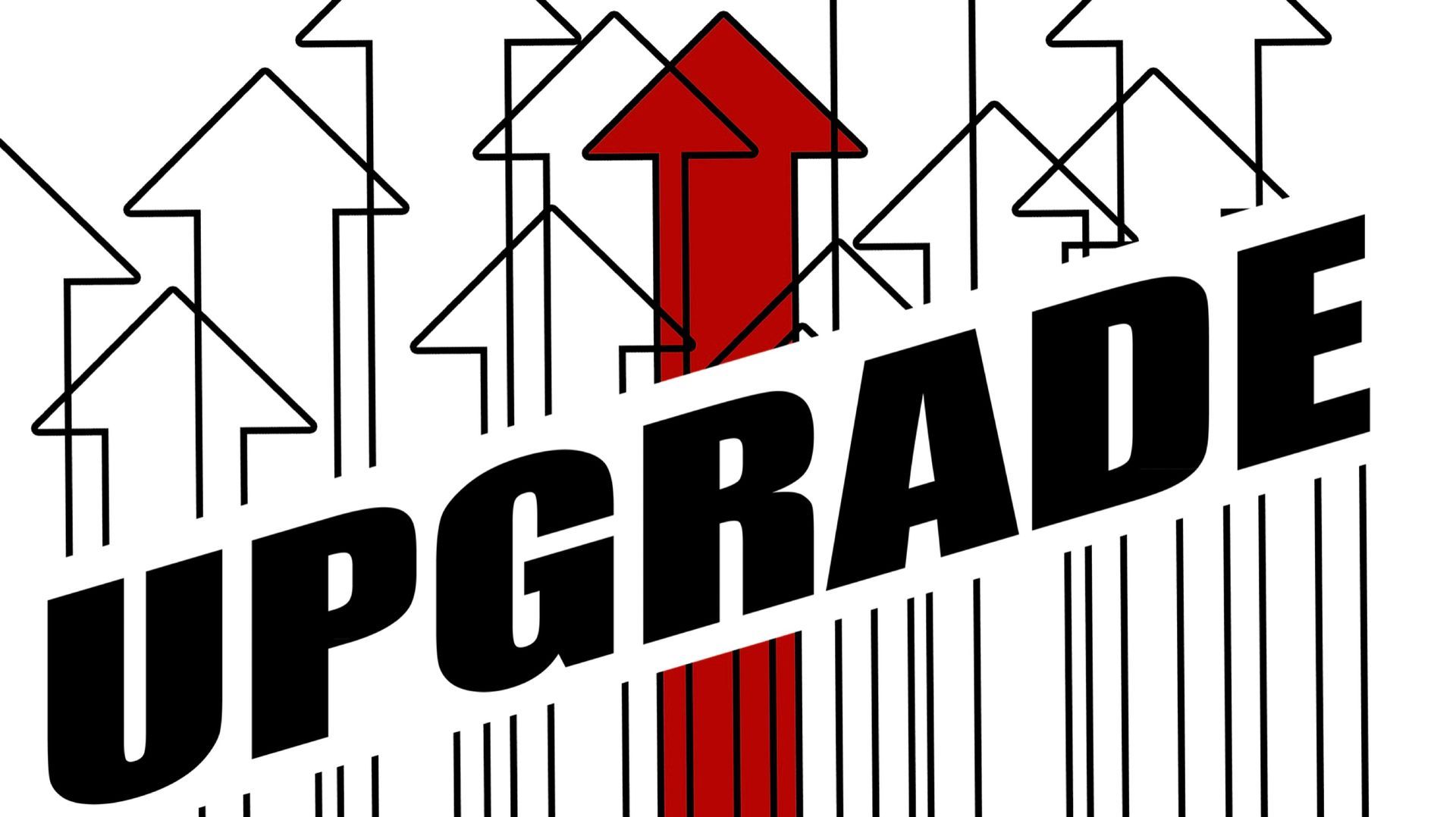The Economics of Loyalty
Last week I told you about a frustrating customer service experience I had with Air Canada. I mentioned that there is an alternative to standardized customer service that begins with understanding the economics of loyalty.
Since we’re already talking about the airline industry, consider the fact that saving a customer is ten times more efficient than finding a new one. If it costs an airline $1,000 of marketing and route development to acquire a first class business traveler, it’s worth at least $10,000 in customer service to keep one. You really don’t want to tick off a loyal customer! In fact, airlines need to consider training their customer service representatives how to take extra time on the phone with high paying customers.
Consider this simple tactic: Instead of having the customer service agents define the minimal legal requirements, have them describe the maximum possible actions the airline could take. Furthermore, train them to empathize and apologize rather than quoting standard fare. [“You’re right sir, that was a terrible situation. And we should have alerted you in advance that the plane was late, and we could have trained the flight attendants to be more aware of situations like this and we could have been significantly more responsive when we saw that the whole thing was going sideways. That’s incredibly frustrating–you’re right.”]
Now think about that. Isn’t that ultimately true? Couldn't the airline have done all of those things? And isn't it also true that it was incredibly frustrating for that frequent flyer? In fact, if it wasn’t, that person would have never called in the first place.
So how do we win at customer service? Or put another way—how do we serve, support, and succeed? In this series of posts I want to discuss what our customers are expecting and how to provide excellent customer service.
